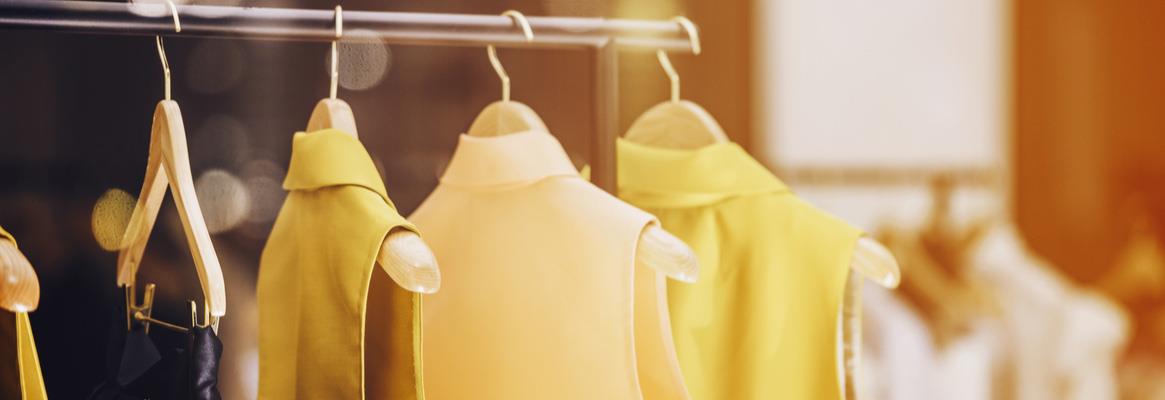A deep dive into the futuristic trends that will dominate the fashion retail segment in the Covid era.
As the pandemic spreads and its impact grows, businesses worldwide have shifted their priorities. The virus has gripped almost every industry. Amongst them, the fashion retail sector is suffering the most because it is of least priority to customers at present. The blow from the pandemic on the fashion and retail industry appears to be spreading across the globe. Consumer sentiments and behaviour patterns are changing rapidly and it is difficult to predict standard consumer behaviour at this point. However, the retail landscape is likely to change a lot in the post COVID-19 era, whenever that is!
Greater acceptance of e-commerce
E-commerce was already used as the key liquidation channel for most brands. With an overwhelming number of customers still reluctant to go to physical stores as the lockdown eases out, online stores are going to act as a bridge between customers and businesses. Retailers who provide multi-channel experiences that offer customers personalised product delivery, will continue to surpass their competitors who do not offer such services.
Accordingly, companies must invest in strengthening their online presence and offer strong e-commerce service. The digital world must be wholeheartedly accepted by the sellers. They can work on formulating an online fashion store, which provides buyers with an easy way to purchase their desired product.
Shopping local is the near future
The fashion retail industry is likely to see a shift from consumers spending in large department stores towards choosing small independent shops. The reason - customers are preferring to shop locally to minimise the effects of COVID-19 as social distancing is easier to maintain in these stores than in big malls. Physical shopping may turn into a necessity-only practice in months to come. The buyers may get a new mantra i.e 'shopping local.'
Augmented reality
With fewer customers preferring physical shopping, customers will not be able to use fitting rooms to try-on their clothes. This creates a huge opportunity for the use of augmented reality in the retail sector. For instance, the ability to virtually try on clothes, see their fittings from the comfort of your home, is going to be a new trend in the fashion retail segment. This will enhance user experience. Thus, companies should try to make efficient use of this wonderful opportunity.
Sustainability is a choice
One of the biggest trends likely to impact the post-COVID retail sector is sustainability. Many studies show that the fashion industry is one of the most polluting industries in the world. With an increasing awareness about climate change, consumers are considering the impact of their purchase on the planet, specifically in the physical product category.
Coronavirus has made this trend even more significant, as many are drawing connections between the climate crisis and the pandemic.
Customers want clothes that can last and with more and more emphasis on Work From Home, people would want to purchase season-less fashion. Quality and eco-friendly products are preferred over cheap and throw-away products.
Therefore, retailers in the fashion industry need to ensure that their raw materials and entire supply chains are sustainable. They need to invest in more eco-friendly goods so that they become the top choice for consumers.
Preparation for the new reality
The initial reaction of the fashion brands to the pandemic was the implementation of measures to ensure employee safety and preserve cash. However, for the post-pandemic world, businesses should prepare for the 'new normal' by taking various steps.
Their short-term actions should focus on re-sizing operations, including upgrading sales channels and adopting new technologies. They should reset their wholesale and retail partnerships and streamline their sales process. Companies need to invest in upgrading and expanding their websites to provide an optimal e-tail experience. They can strategise on extending ties with multi-brand platforms like Amazon. Reducing supply costs and increasing flexibility by adopting an efficient inventory management process can prove to be beneficial for retailers.
All in all, the pandemic is upending almost every aspect of our lives; the fashion-retail sector is no less. This industry will change along with the change in consumer behaviour. But, the retailers can change these sudden developments into lucrative opportunities by focusing on domestic opportunities that will help amplify business prospects in the COVID era.

20240830145908.gif)








Comments